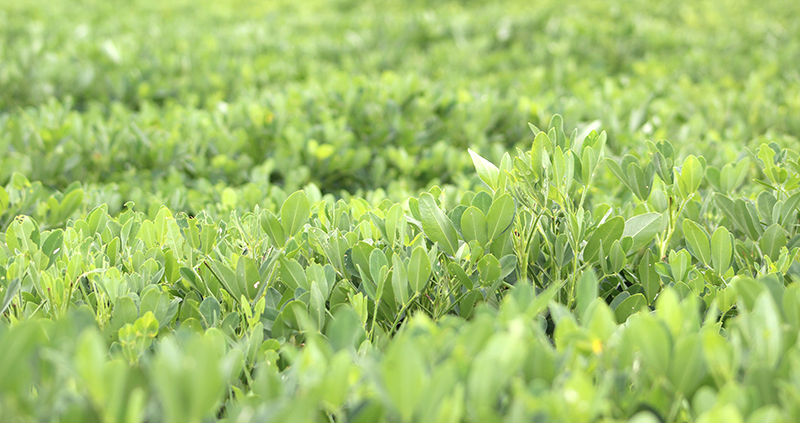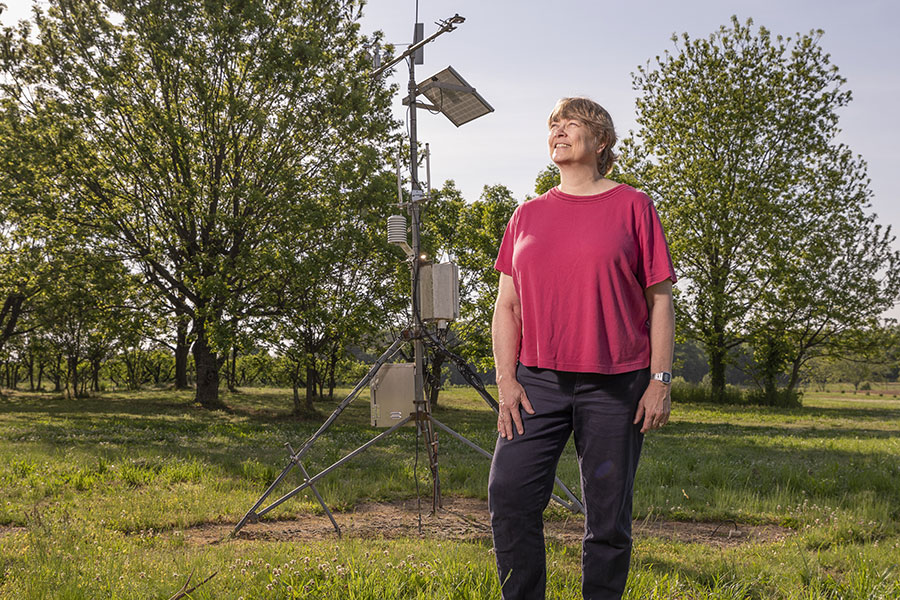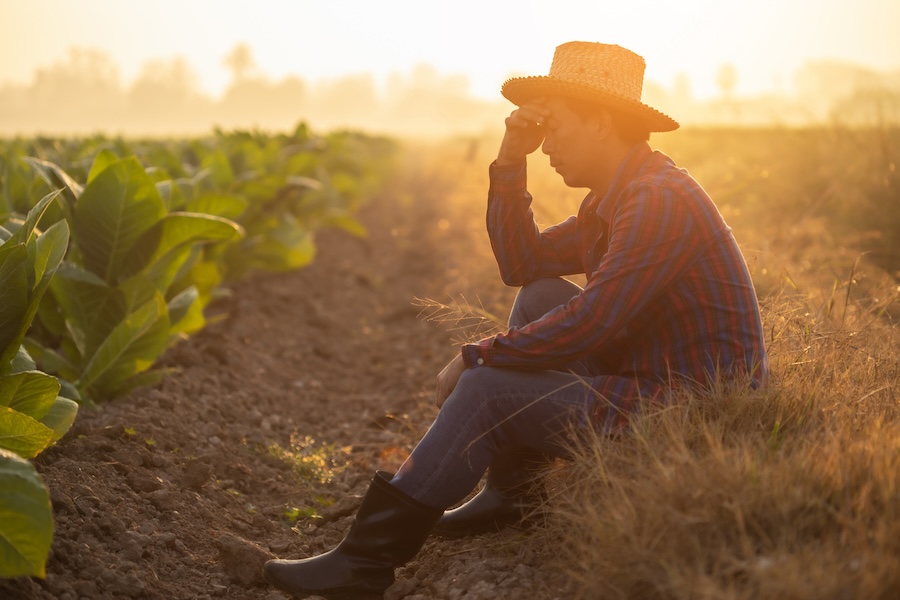Georgia’s dryland peanut crop excelled this year, while irrigated fields lacked in comparison to past years, said University of Georgia Cooperative Extension peanut agronomist Scott Monfort. The result is a crop estimated to average 4,400 pounds per acre.
This year, Georgia’s peanut crop is the largest in more than 20 years. Some 714,168 acres of peanuts were grown last year in Georgia and 828,000 certified peanut acres were planted this year, the state’s highest amount since the early 1990s.
“Based on what I’ve heard and seen, overall, we’re probably going to have a very good crop as far as the state average is concerned. We had a very good yield across the state. We had very good grades, the quality was good,” Monfort said.
Monfort said farmers who irrigate their fields typically yield in the range of 7,000 pounds per acre. This season, they are reporting between 5,500 and 6,500 pounds.
He added that Georgia producers overcame bad plant stands, diseases and nematodes that contributed to the yield decrease.
“We had multiple factors working against us, from the beginning of the year, when we experienced poor (plant) stands due to seed quality or had good stands that were taken away from us because of Aspergillus niger (fungal pathogen). Poor stands also contributed to our farmers experiencing a little bit of tomato spotted wilt here and there. It was a slow start to the season,” Monfort said. “Then at the end of the season, we noticed a lot of pegs that lost their strength, a lot of pods came off early and we had higher nematode issues than we’ve had before.”
A lack of sunlight in June and July, critical months for the development of a peanut plant, may have also contributed to decreased yields. Parts of Georgia received at least 20 percent less sunlight than normal in both of those months.
“What does that do overall to blooming? We’re trying to figure that out,” Monfort said.
Georgia farmers also encountered disease issues like early and late leaf spot disease. Almost all varieties grown in Georgia, Alabama and north Florida are susceptible to leaf spot, including Georgia-06G, the predominant variety grown in Georgia.
Leaf spot disease exploded this year after Tropical Storm Irma moved through Georgia in early September.
“The one thing that Irma did for sure was get leaf spot stirred up quite a bit. If you were caught behind on fungicide applications, it showed,” Monfort said.
To learn more about this year’s peanut crop and what to expect during next year’s growing season, the UGA Tifton Campus Conference Center will host the annual Georgia Peanut Farm Show on Thursday, Jan. 18, 2018. For more information, visit http://bit.ly/2zc5y08.



